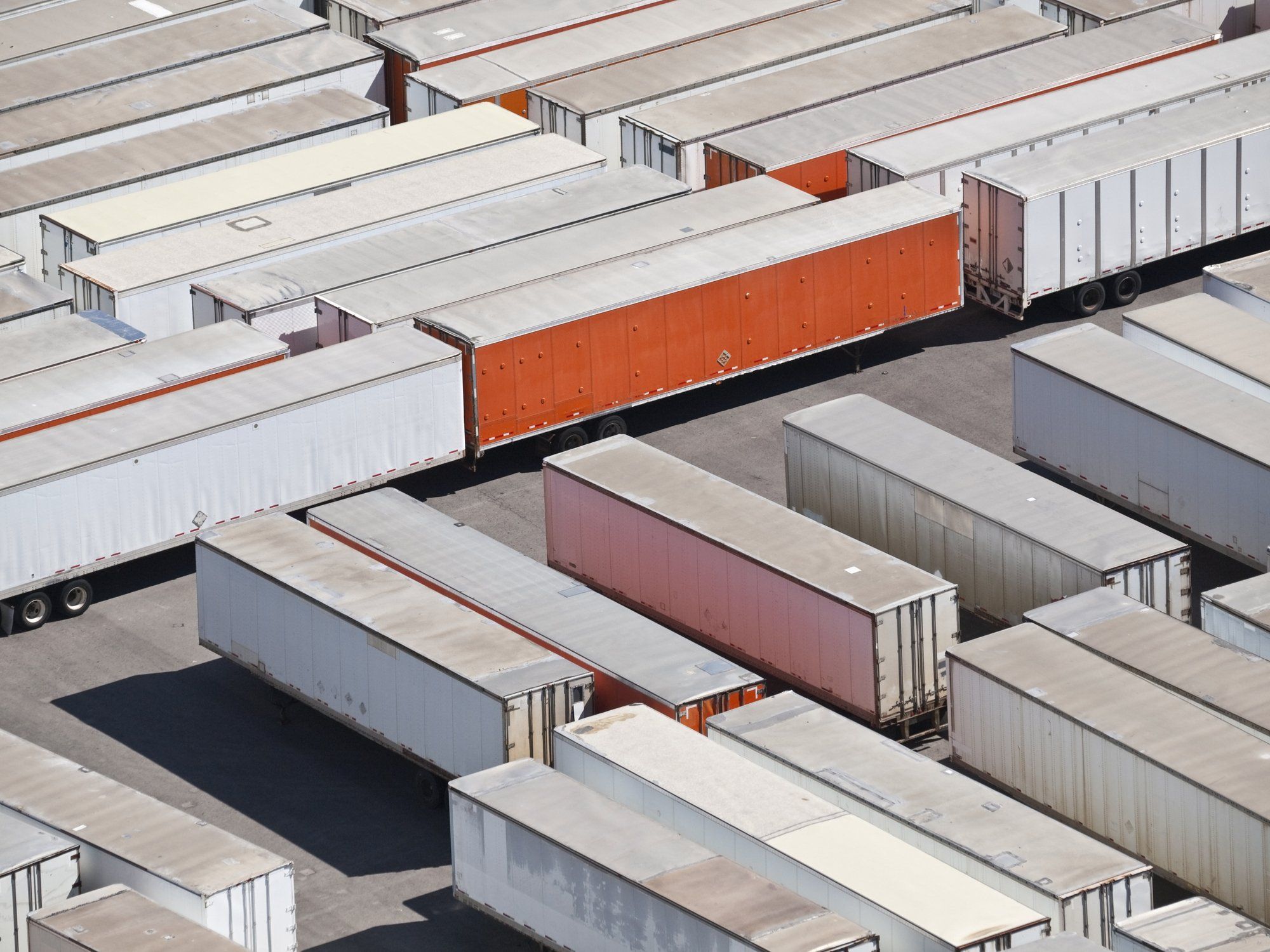The Importance of Good Yard Management

Warehouses and distribution center yards are critical links in the supply chain, connecting carriers and storage facilities. Effective yard management — tracking and managing all activities in the yard — is essential to keeping operations running smoothly, but it is a complex process.
“You can’t manage the four walls if you aren’t managing the dock and inbound movements,” stated Brad Liddie, vice president of distribution center management operations for Penske Logistics.
Yard Management Best Practices
In yard management, timing is everything. There are several best practices facilities can adopt to avoid a negative ripple effect, ranging from manual work to computer-vision-based technology.
Yard Management System
Don Klug, vice president of sales for Penske Logistics, said a yard management system (YMS) is a valuable tool that increases efficiency, enhances visibility and reduces paperwork.
A YMS can automate the scheduling process, provide real-time visibility into yard operations and track the movement of goods. It can also help facilities prioritize loads and direct drivers to the optimal location.
“Depending on what is in the trailer, we can direct drivers to park in a particular spot or go to a specific dock door. It can be live unload or drop and hook,” Klug said. “It helps us optimize the yard based on visibility and priority.”
Delivery Preparation
Klug recommends facilities utilize an appointment system to avoid bottlenecks and keep equipment moving. “We work off of a schedule that is coordinated with our capacity so that trailers aren’t arriving outside of the schedule,” he said. “We do our best to accommodate drivers into the existing schedule, but we also give drivers flexibility to reschedule if trailers are delayed.”
Locations should have a documented map with instructions for drivers on how to arrive and what to expect upon arrival. “A lot of times, we coordinate those with our customer, who can then share them with their carriers,” Liddie said, adding that signage and proper visual controls also help drivers navigate yards.
Klug also encourages using an advanced shipping notice (ASN) whenever possible because it helps expedite the receiving process.
If a trailer runs late for any reason, it’s important to park it in the yard rather than dock it unless the shipment is high priority. That way, you can avoid capacity issues that would put operations behind.
Artificial Intelligence and Computer Vision
Traditionally, yard management has been a labor-intensive process filled with manual tasks. Technology and artificial intelligence are changing that, increasing visibility and control, automating tasks and helping facilities ensure trailers, inventory and employees are in the right place at the right time.
Computer-vision technology provides information in real time — capturing Standard Carrier Alpha Code (SCAC), carrier information, and unit number — and eliminates the need for manual yard checks and paper-based tracking systems, which have the potential for human error, labor time and waste. As a result, it increases the speed of processing trucks in the yard, which cuts costs and improves service.
Computer-vision-based yard management technology is a tool that streamlines yard operations by centralizing and automating key tasks. The technology uses cameras to capture information on tractors and trailers, such as carrier and unit numbers, as equipment enters the facility.
The information is transmitted to the yard management system to automatically check in and identify trailers. Anyone using the system knows what shipments are in the yard and where a trailer or container is located. The technology can also connect with the warehouse management system (WMS), automatically logging and tracking shipments.
“Using static cameras around dock doors can eliminate some receiver interaction around the product and inject it directly into the WMS,” Liddie explained. “We already know what is coming in, and it is saying, ‘I’m here, and this is what door it is going to.’ This eliminates human error, waste and labor time.”
It’s important to note that AI pairs well in conjunction with traditional manual yard labor but is not designed to replace it entirely.
Custom Solutions
Klug pointed out that no two yards are the same, which means there isn’t a one-size-fits-all approach to optimizing yard operations. Penske Logistics can work with customers to optimize yard operations, prevent delays and improve service.
